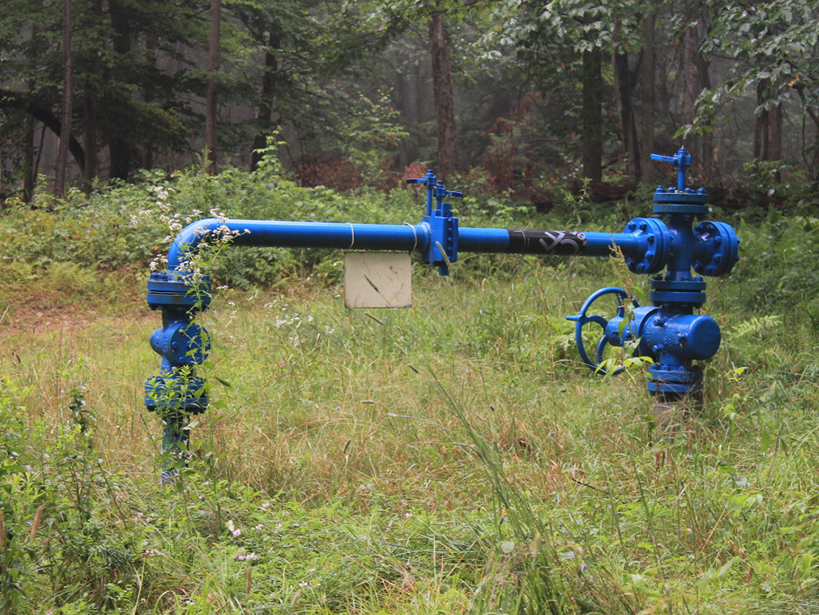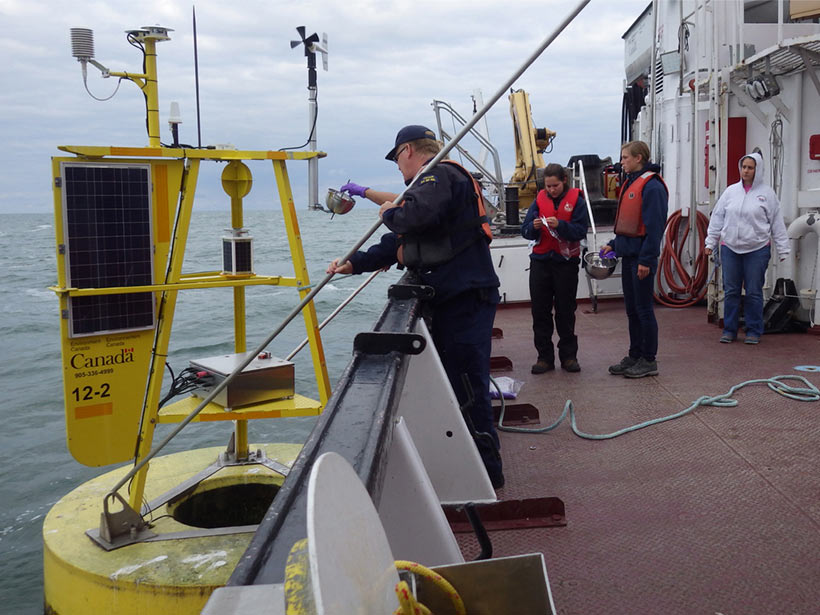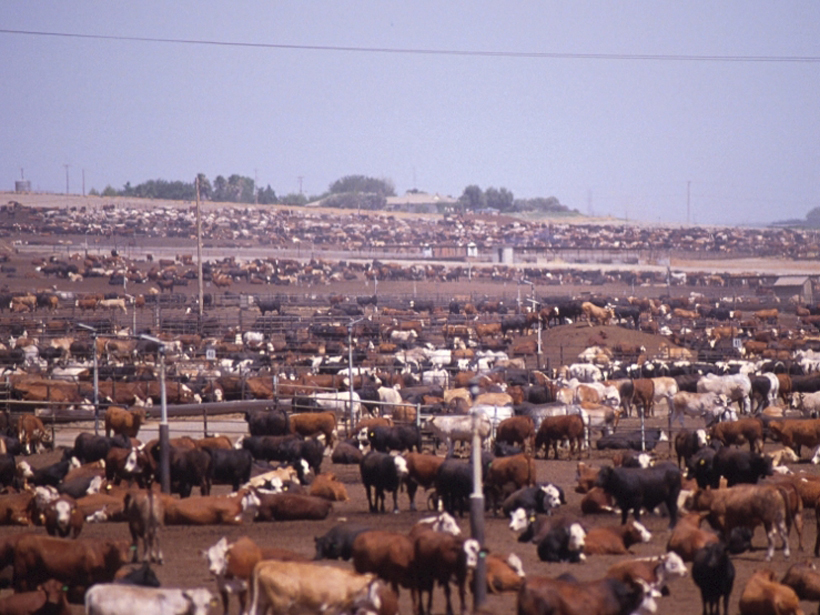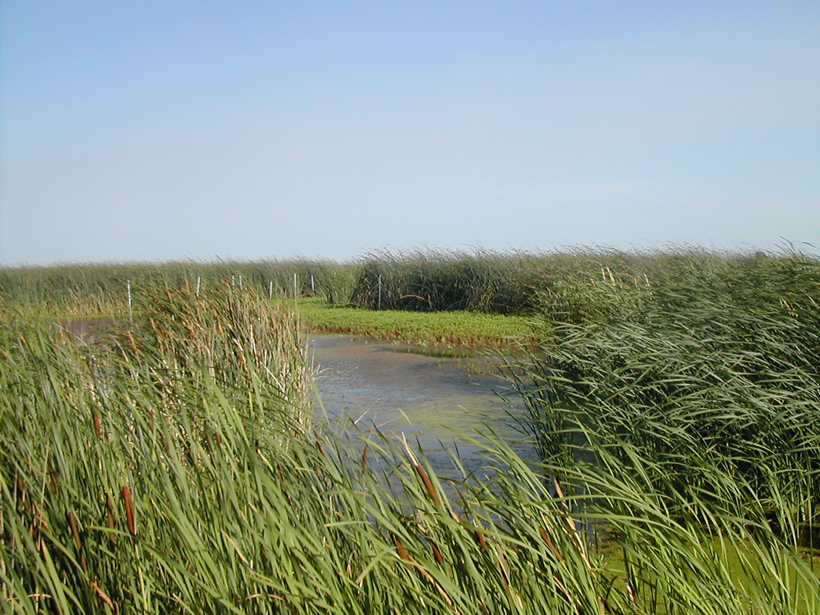New research suggests that release of methane from seafloor hydrates was much slower than hypothesized during a period of rapid global warming about 56 million years ago.
methane
What Happens to Methane That Leaks from Abandoned Wells?
Three-dimensional simulations suggest that some aquifers may be more vulnerable to contamination from leaky oil wells than others.
Algae Blooms and Gas Wells Drive Lake Erie Methane Emissions
In one of the first studies to investigate large lakes as methane sources, researchers found that Lake Erie is releasing more of the potent greenhouse gas than expected.
U.S. Methane Emissions on the Rise
Data suggest that the United States may be responsible for half of global methane increase in the past decade.
After a Century, Restored Wetlands May Still Be a Carbon Source
Methane emissions can drastically lower, or even reverse, the benefits of carbon sequestration in restored wetlands, according to new measurements from the Sacramento–San Joaquin Delta.
Tracking Carbon in the Alaskan Arctic
Researchers trace carbon through Arctic soils and find an unlikely source of methane and surprisingly low methane oxidation in watersheds throughout northern Alaska.
High Methane Emissions Detected During Subarctic Lake Melt
A spike detected in surface methane released from a seasonally ice-covered lake in northern Sweden coincides with the spring thaw and lake overturn.
Microbes Make a Quick Meal of Methane in a Submarine Canyon
Scientists track the fate of methane released by hydrates in a major canyon off the U.S. East Coast.
Greenhouse Gas Patterns Offer Promise, Puzzlement
Emissions growth of carbon dioxide has suddenly slowed, but atmospheric methane concentrations continue to soar after a long hiatus. Both trends have a bearing on climate pacts sought this week.
Active Mud Volcano Field Discovered off Southeast Alaska
A cruise to study landslide potential along an earthquake-prone fault found a surprising methane plume.










